Dotmpotter - Dot Potter

More Posts from Dotmpotter and Others
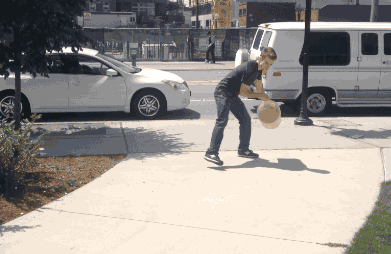
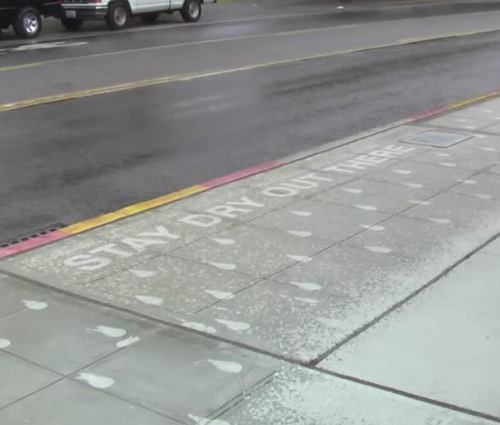
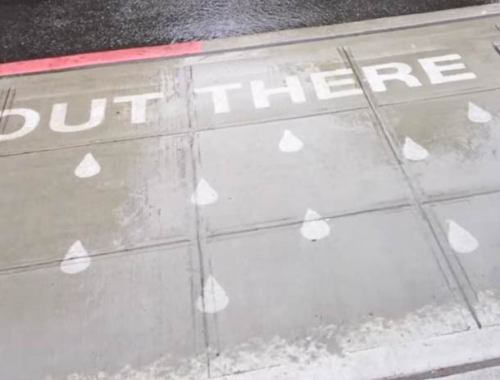
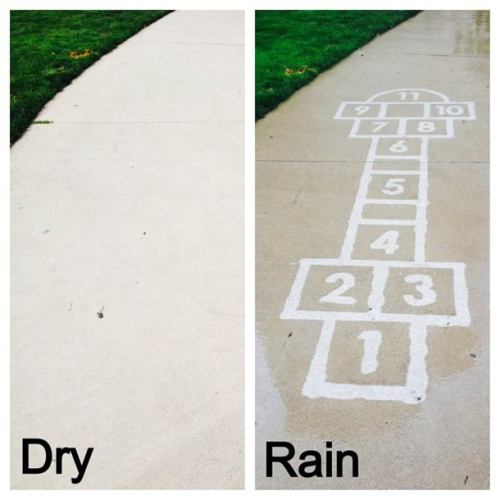
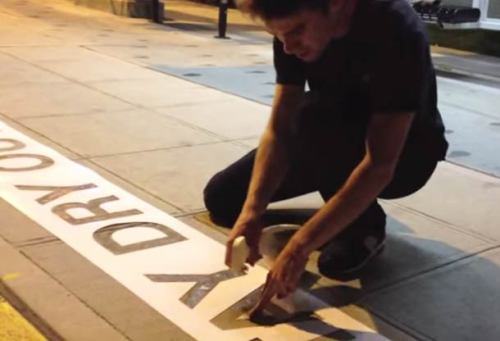
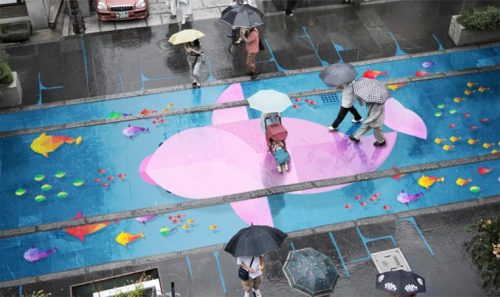
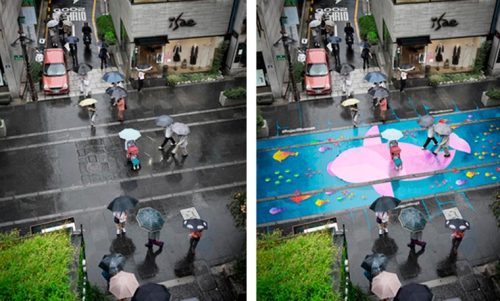
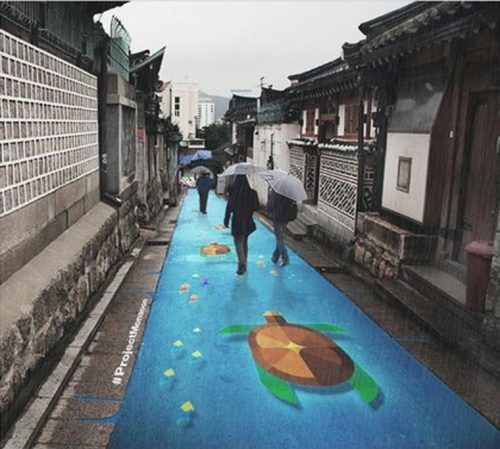
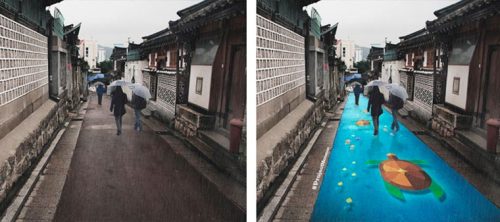
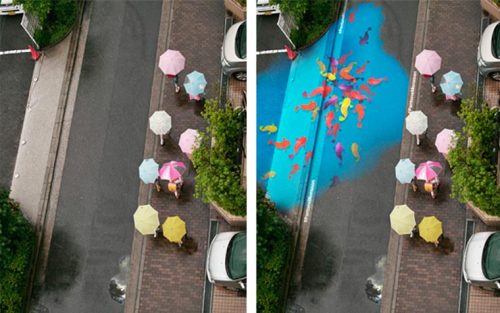
Project Monsoon Clever colorful street art that only appears when it rains
After the Superhydrophobic Street Art, which uses a superhydrophobic coating to create designs which appear only in the rain, here is the Project Monsoon, which uses the same concept, this time with hydrochromic painting, which reveals its color only when wet. This amazing and clever project was designed by a Korean team of designers, in collaboration with Pantone, to provide color to the streets of Seoul during the rainy season, while paying tribute to the Korean culture. A brilliant idea! Source: ufunk

A 40-year-old man proposed to Salamatou when she was just 14. Every year, tens of thousands of girls are married before reaching their 18th birthday.
They are some of the most vulnerable girls on earth. They are denied their rights, they are at risk of abuse, their health is jeopardized, and their future prospects are limited.
From 25 November to 10 December, the world observes 16 days of activism against gender-based violence.
In Niger, which has one of the highest child marriage rates in the world, 16 extraordinary girls refused to become child brides. Read their stories here: http://www.unfpa.org/16-girls-16-stories-resistance






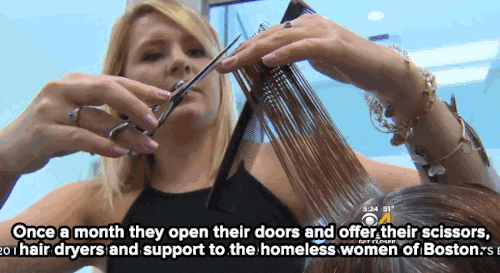

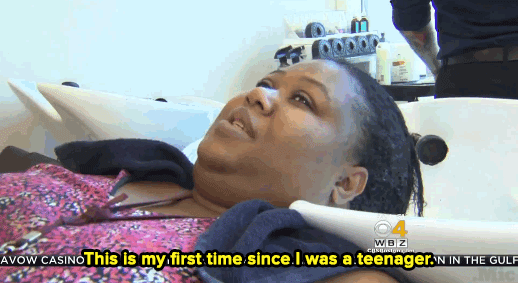

Watch: A haircut may not solve homelessness — but it can make all the difference for these women.
Follow @stylemic

Cities as a Lab: Designing the Innovation Economy demonstrates how design can foster innovative approaches to the changing needs of American cities. The world is increasingly urbanizing and cities and their wider metropolitan areas are asserting themselves as a fundamental unit of the global economy. Cities can thrive by building transformational places that incubate creativity and adapt to future challenges and opportunities. Cities as a Lab explores the design and policy choices now creating the great places of the future: urban design interventions, visionary planning efforts, and public-private partnerships. The fabric of the city, with its people, buildings, commerce, and transportation networks, promotes relationship formation, business creation, and game-changing ideas.

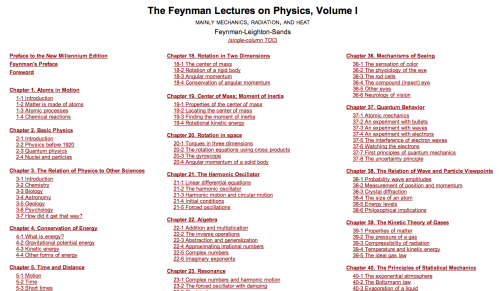
Richard Feynman’s legendary lectures on physics, all fifty-two chapters, are now available to read online via Caltech.
Of course, you can always watch seven of them in video form thanks to Bill Gates.
If anyone needs me, I’ll be in my physics bunk.

10 reasons why cities hold the key to climate change and global health
Shaken: cocktail kits by mail


Shaken is a UK startup that sells subscriptions to “the best cocktails you’ve ever made.” Every month, they send you a handsome box with several bottles of rare and delicious booze, small-batch bitters, and a cocktail recipe explaining the history, chemistry and practice of some classic or novel cocktail.
You bring this stuff into your kitchen and play with it, mixing drinks according to the recipe or its variants, or your taste, according to your preference. They supply everything except ice, fruit, shakers and glassware, and each box has enough booze for four drinks.
The Shaken folks took over my old offices in London when I moved to LA this summer and I got to try some of their packages before I left. They turned me on to what is literally some of the best booze I’ve ever drunk (particularly the Plantation rums, which are finished in Cognac casks and taste like nothing you’ve ever tried before – there’s one that finishes exactly like a smoky Islay, which is indescribably brilliant).
Shaken doesn’t assume that you’re a hardcore cocktail fan, and the recipes are simple to follow. But they strike a great balance for people who want to go beyond, with ideas for refining and improving the basic recipe.
The boxes are no-obligation and you can skip a box any time you feel like it.
Read the rest
700,000-Year-Old Stone Tools Point to Mysterious Human Relative

Someone butchered a rhinoceros in the Philippines hundreds of thousands of years before modern humans arrived—but who?
Stone tools found in the Philippines predate the arrival of modern humans to the islands by roughly 600,000 years—but researchers aren’t sure who made them.
The eye-popping artifacts, unveiled on Wednesday in Nature, were abandoned on a river floodplain on the island of Luzon beside the butchered carcass of a rhinoceros. The ancient toolmakers were clearly angling for a meal. Two of the rhino’s limb bones are smashed in, as if someone was trying to harvest and eat the marrow inside. Cut marks left behind by stone blades crisscross the rhino’s ribs and ankle, a clear sign that someone used tools to strip the carcass of meat.
But the age of the remains makes them especially remarkable: The carved bones are most likely between 631,000 and 777,000 years old, with researchers’ best estimate coming in around 709,000 years old. Read more.

Meet the architect who wants to return Mexico City to its ancient lakes
“The pre-Hispanic civilizations built a system of dams, in order to control the salt water and to bring clean water. But then the Spaniards, in order to conquer the city, broke the dams … They started to follow a European scheme, which didn’t match the geography. And we have followed that inherited inertia for the last 500 years.” || Read more in The Guardian
-
 awesomemimiius reblogged this · 5 years ago
awesomemimiius reblogged this · 5 years ago -
 sirsteampunk reblogged this · 7 years ago
sirsteampunk reblogged this · 7 years ago -
 sirsteampunk liked this · 7 years ago
sirsteampunk liked this · 7 years ago -
 clegg-sta reblogged this · 8 years ago
clegg-sta reblogged this · 8 years ago -
 seeherfly reblogged this · 8 years ago
seeherfly reblogged this · 8 years ago -
 imclarareyes reblogged this · 9 years ago
imclarareyes reblogged this · 9 years ago -
 dotmpotter reblogged this · 9 years ago
dotmpotter reblogged this · 9 years ago -
 tu-lord-stark liked this · 9 years ago
tu-lord-stark liked this · 9 years ago -
 angelsfallingfast reblogged this · 9 years ago
angelsfallingfast reblogged this · 9 years ago -
 rockbottomx3 reblogged this · 10 years ago
rockbottomx3 reblogged this · 10 years ago -
 the-glorious-death reblogged this · 10 years ago
the-glorious-death reblogged this · 10 years ago -
 katekaputto reblogged this · 10 years ago
katekaputto reblogged this · 10 years ago -
 vuldromedamovedout liked this · 10 years ago
vuldromedamovedout liked this · 10 years ago -
 reyamidalakenobi reblogged this · 10 years ago
reyamidalakenobi reblogged this · 10 years ago -
 that-healthy-scorpio reblogged this · 10 years ago
that-healthy-scorpio reblogged this · 10 years ago -
 king-rey-black reblogged this · 10 years ago
king-rey-black reblogged this · 10 years ago -
 jewelamorscupofcoffee liked this · 10 years ago
jewelamorscupofcoffee liked this · 10 years ago -
 thede1ak-blog liked this · 10 years ago
thede1ak-blog liked this · 10 years ago -
 judelia reblogged this · 10 years ago
judelia reblogged this · 10 years ago -
 tbhyes reblogged this · 10 years ago
tbhyes reblogged this · 10 years ago -
 rutvi-shah-blog liked this · 10 years ago
rutvi-shah-blog liked this · 10 years ago -
 nestle-toulous reblogged this · 10 years ago
nestle-toulous reblogged this · 10 years ago -
 lifelongblur reblogged this · 10 years ago
lifelongblur reblogged this · 10 years ago -
 nataleedyer liked this · 10 years ago
nataleedyer liked this · 10 years ago -
 fabjame69 reblogged this · 10 years ago
fabjame69 reblogged this · 10 years ago -
 fabjame69 liked this · 10 years ago
fabjame69 liked this · 10 years ago -
 gpfu-blog liked this · 10 years ago
gpfu-blog liked this · 10 years ago -
 rosessoftly liked this · 10 years ago
rosessoftly liked this · 10 years ago -
 celinespinoza reblogged this · 10 years ago
celinespinoza reblogged this · 10 years ago -
 kaliforniaa-kidddd reblogged this · 11 years ago
kaliforniaa-kidddd reblogged this · 11 years ago -
 halfasleepinthegardn reblogged this · 11 years ago
halfasleepinthegardn reblogged this · 11 years ago -
 halfasleepinthegardn liked this · 11 years ago
halfasleepinthegardn liked this · 11 years ago -
 rileyskyeluxe reblogged this · 11 years ago
rileyskyeluxe reblogged this · 11 years ago -
 rileyskyeluxe liked this · 11 years ago
rileyskyeluxe liked this · 11 years ago -
 quietquandaries reblogged this · 11 years ago
quietquandaries reblogged this · 11 years ago -
 sen-hanabi reblogged this · 11 years ago
sen-hanabi reblogged this · 11 years ago -
 king-rey-black reblogged this · 11 years ago
king-rey-black reblogged this · 11 years ago


